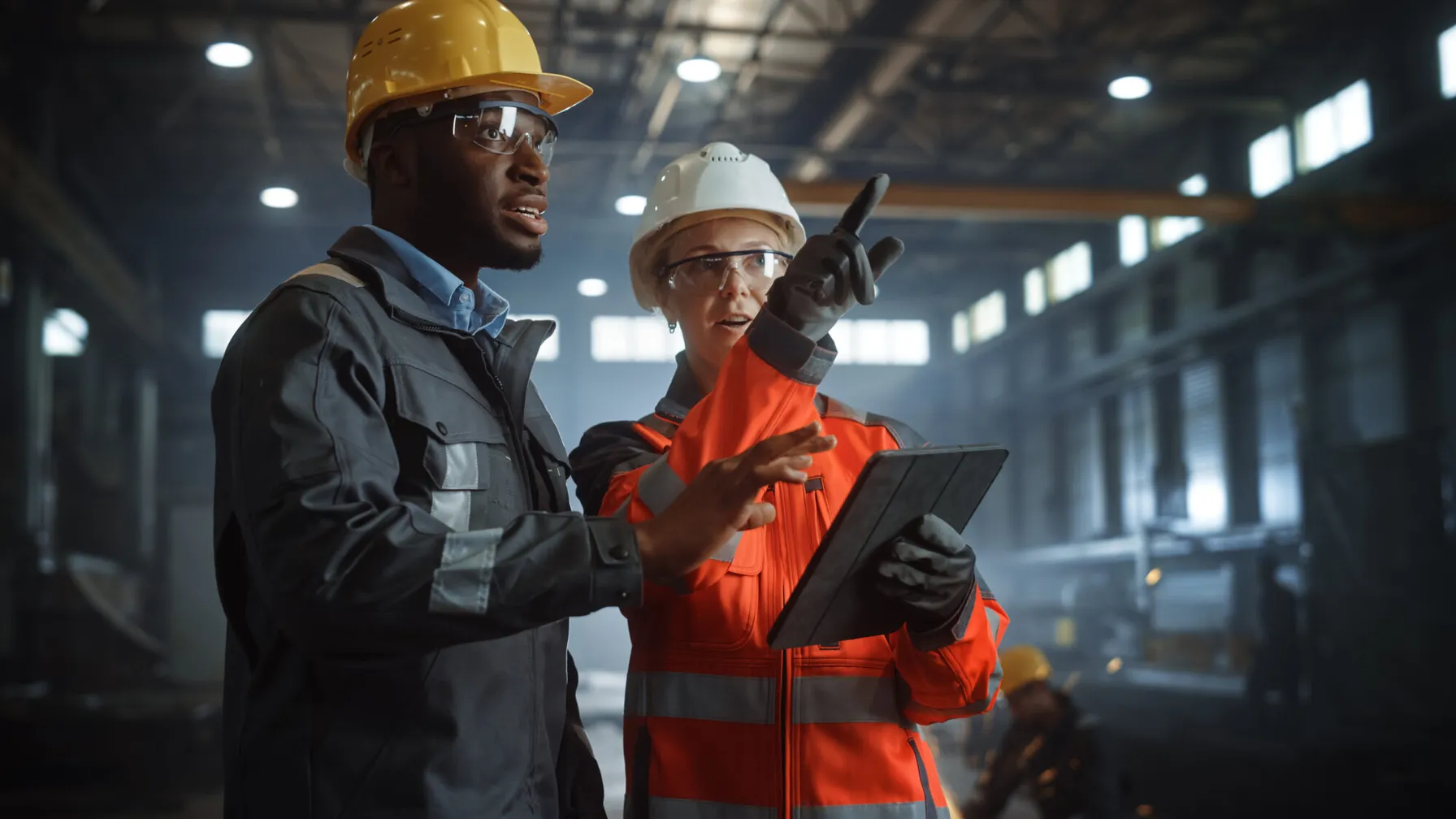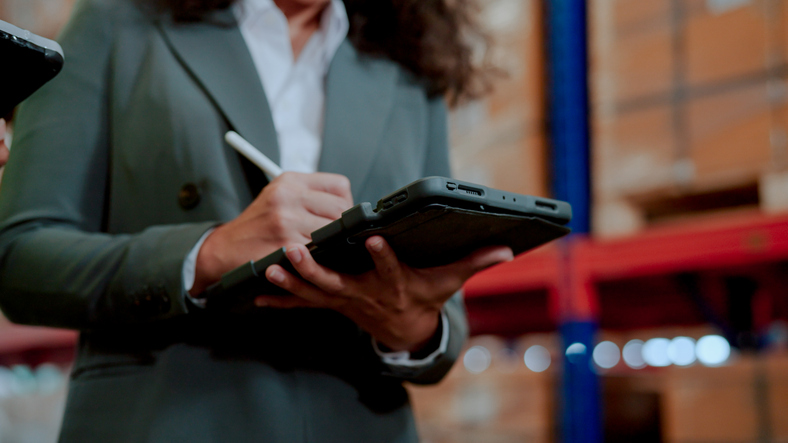Microgrids help improve energy efficiency by utilizing different energy sources, including the main grid, renewable resources and backup diesel generators. Depending on your needs, you can switch between the different sources to make your power production more efficient. Microgrids are also more reliable, which is critical for specific industries, such as the military and health care.
Different threats to the power grid, including cyber attacks, physical attacks and natural disasters, can limit its ability to provide reliable power to consumers and critical industries. These threats have inspired the innovation of new grid systems, including microgrids.
Microgrid systems can help solve many of the challenges associated with primary power grids, ensuring consumers and businesses have the critical power they need to keep their operations running.
What Is a Microgrid System?
Microgrid systems are self-contained electrical systems that enable you to generate independent electricity on-site. These grids can improve grid resilience and reduce disturbances, as they continue to work even when the primary grid is down. You can use microgrids for faster response and recovery when the main utility grid has unexpected outages.
Microgrids often use a combination of renewable energy and diesel for backup generators. You can also include battery systems in a microgrid to store electricity and turn it on when demand increases, or the main grid experiences an outage.
Microgrid systems can help businesses continue to operate, even when the power goes out. These systems are critical for specific companies, such as health care organizations, data centers and other facilities where power resilience and reliability are essential.
As energy demands increase and extreme weather and fossil fuel limitations affect the resilience of the main grid, microgrid systems provide the perfect solution to keep operations running during brown or blackouts.
Request a Microgrid Implementation

Types of Microgrids
There are three primary types of microgrids:
What Are the Benefits of Microgrids?
Microgrids have many benefits, regardless of which type you choose. Some of these benefits include:
Because microgrids can use various types of energy resources, you can reduce your energy costs by using these systems. Renewable energy sources pay for themselves over time, and you can use these resources to power your microgrid if the main grid is unstable.
Utilizing renewable energy resources helps enhance overall sustainability. Microgrids can also reduce congestion during peak load times, which also helps your energy become more sustainable.
Microgrids help improve overall security and resiliency by ensuring a consistent energy supply, which is essential in many industries.

Microgrid Challenges and Solutions
While there are many benefits of microgrid systems, there are also some challenges to consider:
- High initial costs: One of the main challenges of microgrid systems is their high upfront costs. These initial costs can be intimidating to some operations, and they may not have the necessary capital to invest in these systems. Additionally, utility companies often include the cost of their infrastructure in their rates, and microgrid systems shift this cost to consumers who don’t utilize net metering.
- Regulatory and policy issues: Another challenge with microgrids is the lack of regulations or policies. This issue can make it challenging to proceed with microgrid projects, as developers don’t have a specific structure and certainty to guide them when developing these projects.
- Technical complexities: Microgrid systems utilize numerous technologies and have complex ownership structures. These systems require specific knowledge of how they work to ensure they’re operated correctly, which can require more time and labor. These complexities can make it difficult to get a microgrid project started.
- Lack of consumer awareness: Another challenge with microgrid systems is the lack of consumer awareness about these systems or how they operate. This lack of awareness can slow the implementation of microgrids.
Despite these obstacles, there are ways to overcome them to make the most of microgrid systems for your business. TRC Companies offers many solutions to microgrid system challenges, including:
- Public-private partnerships (PPPs): PPPs involve collaborating with a private entity and government agency to finance and operate projects, including microgrid systems. Utilizing PPPs can help you get your microgrid project off the ground and helps establish the footwork for governmental regulation of these systems.
- Technical advances in smart grid technology: As more people start using microgrid systems, the technology advances. Smart grid technology is making it easier for businesses to use microgrid systems, even without the technical knowledge of how they work. These technologies also provide the tools and information you need to make informed choices about energy use.
- Financial incentives and subsidies: Finding the capital for microgrid systems can be complex, but many incentives and subsidies help you finance these projects. TRC Companies can help you find the resources you need to fund your project so you can start taking advantage of the benefits microgrid systems offer.
- Education and outreach initiatives: Addressing the lack of consumer awareness starts with education and outreach initiatives. These opportunities can teach businesses and consumers how microgrid systems work and why they’re beneficial to implement. The decentralized model that microgrids use can help many businesses and consumers thrive without relying solely on the main grid.
Plan and Implement Microgrids With TRC Companies
If you’re considering implementing microgrid systems, TRC Companies can help. We have over 50 years of experience bringing new energy systems to the world. We can help you manage your resources, improve energy resilience, reduce your environmental impact and create strong business value.
Our team of experts can help you navigate the challenges associated with microgrids, coming up with effective solutions to help you solve technical implementation and distributed energy complexities. Contact us today to learn more about how we can help!























